A pair of patent applications Apple filed with the U.S. Patent and Trademark Office reveal the company is working on unorthodox battery designs with curved cells and irregular shapes, suggesting slimmer, more shapely iOS devices could be on the horizon.
The patents filings (1, 2), for "Curved battery cells for portable electronic devices" and "Non-rectangular batteries for portable electronic devices," both describe methods in which a battery can be designed and manufactured for incorporation into slim, new device chassis.
Both filed for on Oct. 28, 2011, the applications call for battery cells to be manipulated during the manufacturing phase in order to facilitate easy installation into curved and non-rectangular device designs.
For example, the invention regarding curved batteries uses industry standard production techniques, which include a set of layers, a cathode, an anode, a separator and active coatings, before manipulating the unit to a given specification. Like some batteries already on the market, Apple's proposed design uses a flexible pouch to enclose the cell layers created by the separator.
The pouch is then exposed to pressure of "at least 0.13 kilogram-force (kgf) per square millimeter" and heat of about 85 degrees Celsius in a set of curved plates in order to set the shape. As noted, this process may take as long as four hours.
In some embodiments, the curve is held by employing a binder coating within the battery cell, which is activated during the curing process to laminate the layers together. The resulting structure would be solid and take the shape of curved plates.
From the filing's summary:
In some embodiments, the curve is formed to facilitate efficient use of space inside a portable electronic device. For example, the curve may be formed at one or more ends of the battery cell to allow the battery cell to occupy a curved and/or rounded space within the enclosure of a laptop computer, tablet computer, mobile phone, personal digital assistant (PDA), digital camera, portable media player, and/or other type of battery-powered electronic device.
In the second application a similar method is employed, but where the former uses pressure and heat to set the shape, the "non-rectangular" property removes material from the battery before stacking the cell layers. An example is given of how a non-rectangular shape can be achieved by removing material from one or more sides of the anode and cathode to form a rounded corner. By utilizing this method, varying thicknesses can be achieved, such as those seen in the fourth-generation iPad.
Both techniques aim to shape a battery that fits snugly into a device's housing, thereby reducing wasted internal space. While merely speculation, the battery designs could be used in an upcoming version of the iPhone or iPad, both of which are becoming increasingly slim as consumers demand thin, lightweight portables.
Also a possibility is the use of such battery design in an iPhone with a "wrap-around" display, the patent of which passed through the USPTO in late March. While it is unlikely that such a device will make it to market in the near future, if ever, the recent patent filings show Apple is continuously looking for innovative ways to save space in its iOS device lineup.
Both patent applications credit Ramesh C. Bhardwaj, John Raff, Stephen R. McClure, Erik L. Wang and Taisup Hwang as their inventors.
 Mikey Campbell
Mikey Campbell


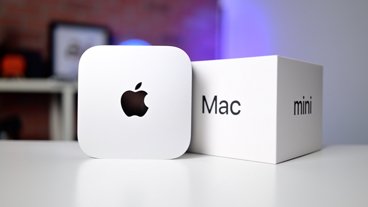












 Christine McKee
Christine McKee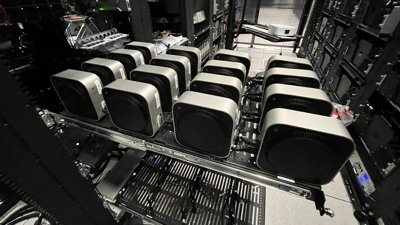
 Marko Zivkovic
Marko Zivkovic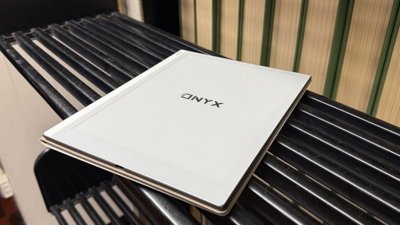
 Thomas Sibilly
Thomas Sibilly
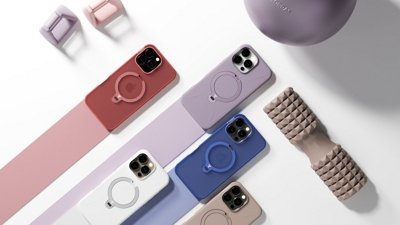
 Sponsored Content
Sponsored Content

 William Gallagher
William Gallagher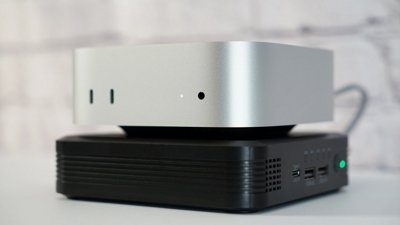
 Wesley Hilliard
Wesley Hilliard





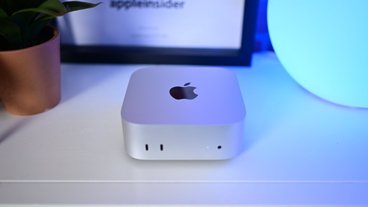


24 Comments
Curved battery? What will they think of next...
[quote name="ascii" url="/t/157320/apples-research-into-curved-battery-technology-points-to-new-ios-products-designs#post_2320336"]Curved battery? What will they think of next... [URL=http://forums.appleinsider.com/content/type/61/id/24420/] [/URL]
[/quote]
Diesel for smartphones?
[/URL]
[/quote]
Diesel for smartphones?
Curved battery? What will they think of next...
Smallest nuclear reactor to power mobile phones. :)
It's obvious Apple's next break through product will be a sex toy!
It's obvious Apple's next break through product will be a sex toy!
With on device video editing.